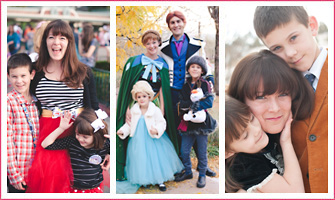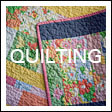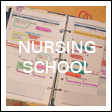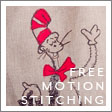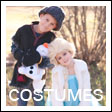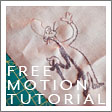When I started as a CNA in postpartum/the transition nursery, I was absolutely horrified by the difficult time I had getting an accurate newborn heart rate. CNA school prepares you for adult heart sounds, not the twice-as-fast rates you’ll hear on a newborn! I had absolutely no confidence in the numbers I was getting and so I began to search the internet for tips and asked my coworkers for advice. Now, 15 months later, I want to share my tips for any new CNAs or Peds/OB nursing students who are struggling with those tricky newborn heart rates!

- Practice. All of the nurses that I would ask over dinner would say the same thing: “it gets easier–you just need practice.” I hated that answer! I wanted something that I could do to feel confident in the numbers I was getting that week–I didn’t want to suck for a month! But they were right. It gets easier with practice. The more you hear, the more you get used to those fast heart beats, the more you’re able to separate out the S1 and S2 sounds, and the more you’re able to count quickly! Any time I had a chance at work I would listen and count. But better yet, you don’t need to be at work to practice–you can practice as often as you like using recordings available online (here is a great one).
- Use the right tools–your stethoscope. The stethoscopes we have available at the hospital are just terrible for beginners. Not only are they terrible at amplifying sound, but they are standard adult sized stethoscopes. I’ll grab one now and then in a pinch and immediately remember why I used to think that it was so hard! When I got my Littman infant stethoscope, the difference was night and day. Yes, you might be spending an entire day’s salary on it, but it’s worth it! With an adult stethoscope you practically cover the baby’s entire torso, and you pick up all sorts of additional sounds. With a small infant stethoscope you are able to zero in on just the heart sounds, and when you’re a beginner this is a HUGE plus. Especially since you will often be trying to listen to heart sounds over the sound of the baby crying!
- Use the right tools–your watch. For Christmas my first year as a CNA I asked for a new work watch. I’m normally a small watch girl, but Nic got me this boyfriend style watch, explaining that he thought it would be nice for counting heart rates. I would never have bought it for myself, but after a single shift with it I could never go back! Having the second hand move so slowly and dramatically makes it easy to start and stop at precise points. It weighs about as much as a newborn baby, but I could use more arm muscles, anyway. 😛
- It’s okay to dance along. I’d read online a few times that people recommend closing your eyes and bobbing your head or tapping your foot to get into the rhythm of a newborn’s heart rate. It works. You may look a little dumb rocking out to a newborn’s rhythm, but the good news is you won’t have to do it for long. As you gain confidence and comfort you can ditch the tricks, but it really does help in the beginning!
- Counting tricks. In the beginning, I had a really hard time counting quickly and not losing my place. I would be thinking “28, 29, 30, 31, 32…wait, did I go 29, 30 or was that 39, 30? Am I ten off?” And I was also just not used to counting two and a half numbers per second! It becomes a mental mouthful! (And yet after a few months you’ll wonder how it was possible that it was ever difficult!) While you wait for the quick counting to become second nature, there are some nice tricks out there. My preferred method was that after 19, you could go “2, 1, 2, 3, 4, 5, 6, 7, 8, 9, 3, 1, 2, 3, 4, 5, 6, 7, 8, 9, 4, 1, 2 ,3, 4, 5, 6, 7, 8, 9, 5…” so that instead of having to say “twenty-two,” you were just saying “two” mentally. Since the Air Force counts flutterkick reps like “1, 2, 3, 4, 2, 2, 3, 4, 3, 2, 3, 4….” this was a rhythm I was used to.
- Use math to double check yourself. I always take note of the numbers I’m getting as I hit 10 seconds, 15 seconds, and 20 seconds. (I usually listen for just 20 or 30 seconds and then triple or double my number unless the baby’s heart rate seems to be changing or I get an abnormal number in which case I’ll count for the full 60.) By taking note of what I’m hearing at different intervals, I can run those numbers, too. Unless you were hearing the pace change as you were listening, the rates you calculate should all be similar. If not, you know your counting went wrong somewhere!

